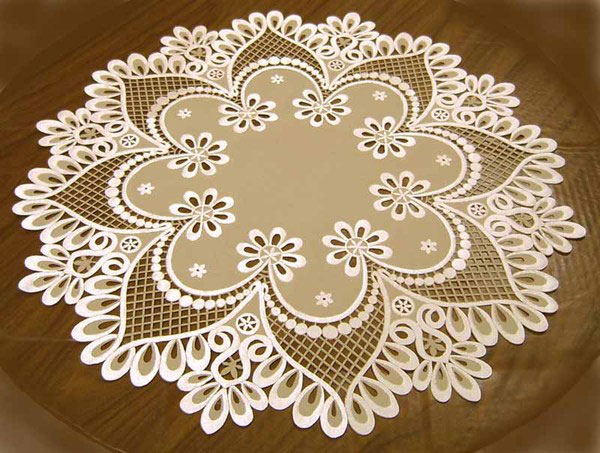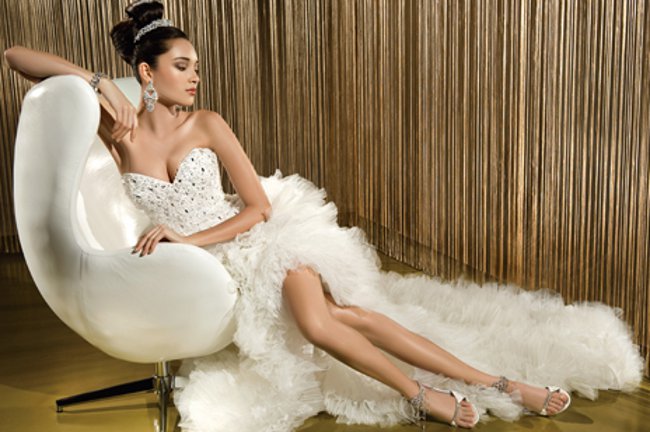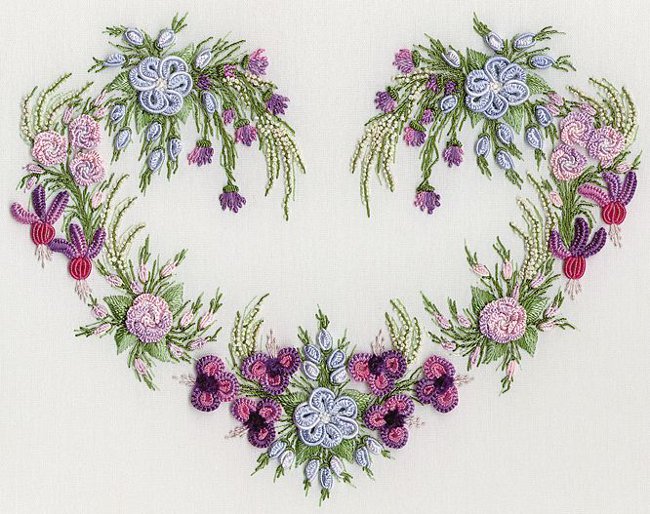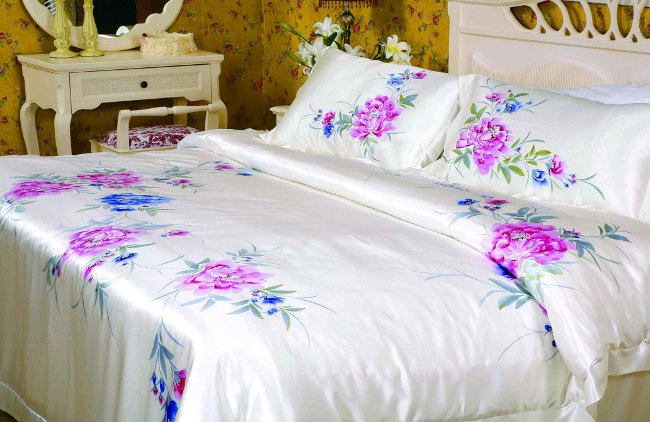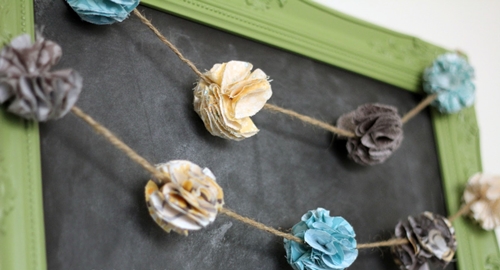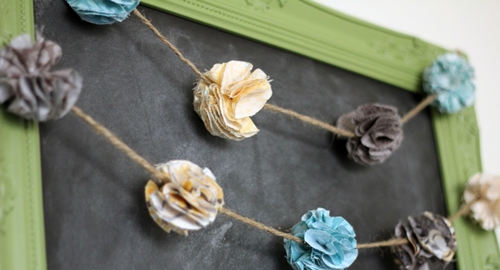Guilloche: tissue burning
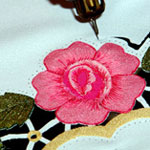 Burning on fabric (guilloche) - this is a relatively new technique of needlework, alreadymanaged to win popularity among the skilled workers. Guilloche allows you to create lacy lace items that can be used alone or as an appliqué.
Burning on fabric (guilloche) - this is a relatively new technique of needlework, alreadymanaged to win popularity among the skilled workers. Guilloche allows you to create lacy lace items that can be used alone or as an appliqué.Burning on the fabric is known for a long time. However, in fact, it was rather a chemical etching of a portion of the fibers of silk, which made it possible to obtain a cloth with a pattern. Such a tissue is called "Devore". And guilloche (burning through the tissue with the help of a special apparatus) was developed in the 80s of the last century Zinaida Petrovna Kotenkova from Rybinsk. In 1990, she patented the guilloche, obtaining an author's certificate for this technique. Kotenkova offered to cooperate well-known fashion designer Vyacheslav Zaitsev, and Enne Burda (creator of the magazine Burda Moden) sent Zinaida Petrovna a letter of thanks.
What can you need if you decide to master the burning through the fabric? First of all, this is burnout, special tool. Burning is done with a thin needle, and the burner provides the necessary temperature. It should be able to adjust - the temperature of the needle should be different for different tissues. During the guilloche process, scale may be formed on the needle, which lowers the temperature of the needle. It is removed with the help of blades for safety razors, small pelts and cotton fabric.
Also, burning on the fabric is impossible without glass for burning out, which will serve as a substrate for the tissue. The thickness of the glass is 3-5 mm, the size depends on the size of the future product. In order not to cut yourself, choose a chamfer or glue it with adhesive tape.
Burning on a fabric may require the use of additional (auxiliary) tools: nippers, scissors, tweezers, knives and cutters forcorrugation, metal balls - bulbs (they impart volume to the petals of artificial flowers). You may also need rubber pads, thin fishing line or wire, brushes, tracing paper, carbon paper, glue ("Moment" and PVA) and stencils. Stencils are usually made of foil or cardboard.
To make stencil for guilloche, select the drawing that you are going toBurn, and transfer it to cardboard or foil with a carbon paper. The stencil for burning out on a fabric is cut out by a scalpel or sharp scissors (for this purpose manicure scissors with the bent tips are well approach). If you want to make circular stencils in the stencil - use a heated metal rod or sharply sharpened tubules (punches). All the burrs need to be cleaned with a fine sandpaper. The stencil should not have bends or creases and snug against the fabric during guilloche.
What kind of fabric is needed for guilloche? Burning through tissue is best done on synthetic fabrics - they melt when heated, and do not burn. Guilloche makes on artificial silk, knitwear, velvet and panbarhat, capron, satin, nylon, krimplene. You can also use raincoat fabrics and fabrics with lurex.
Burning on the fabric requires knowledge of special techniques and compliance with safety regulations. First turn on the device in the network and check,whether the needle works. To do this, lean it against a piece of cotton fabric - if the color remains brown, the needle is OK. After ironing the guilloche fabric, lay it on the glass, and place the stencil on top. You can start burning through the fabric.
Circle the stencil outline with a heated needle - the fabric should be cauterized. The temperature of the needle depends on the thickness and density of the tissue. When you carry out guilloche work, make sure that the needle is strictly perpendicular to the tissue surface. The trace left to her should benot a line, but a point. You can not pull the fabric from under the stencil - the product will deteriorate. Burning through the fabric allows you to cut the fabric, burn holes of different diameters, perform decorating elements, process denticles and festons of the edge of the fabric.
To fuse several layers of tissue, use spot welding. To do this, you need to burn the points 1-2 mm apart, pressing the puncture site with your finger. You can also use weld seam, while simultaneously burning contour linesseveral layers of fabric. And if you want to make a panel in the technique of burning through the fabric, first cut out (burn out) the panel elements from the pieces of printed cloth, and then set them on the background.
The guilloche machine can overheat. Therefore, every half hour of work, it must be disconnected from the network and cleaned of the needle from the scale. Synthetic fabrics can give off fumes and smell when exposed to high temperatures. Therefore, burning on the tissue is undesirable for asthmatics, allergies and children under 11 years old. Do not do guilloche more than 8 hours a day. Breaks during work are mandatory!
Burning on the fabric - an exciting technique,which allows you to perform a wide variety of products. You can make single-layer lace shawls, panels, collars or napkins, or you can try yourself in an application - flat in several layers, flat or bulky on a grid or fabric. Also guilloche makes it possible to create three-dimensional artificial flowers.
